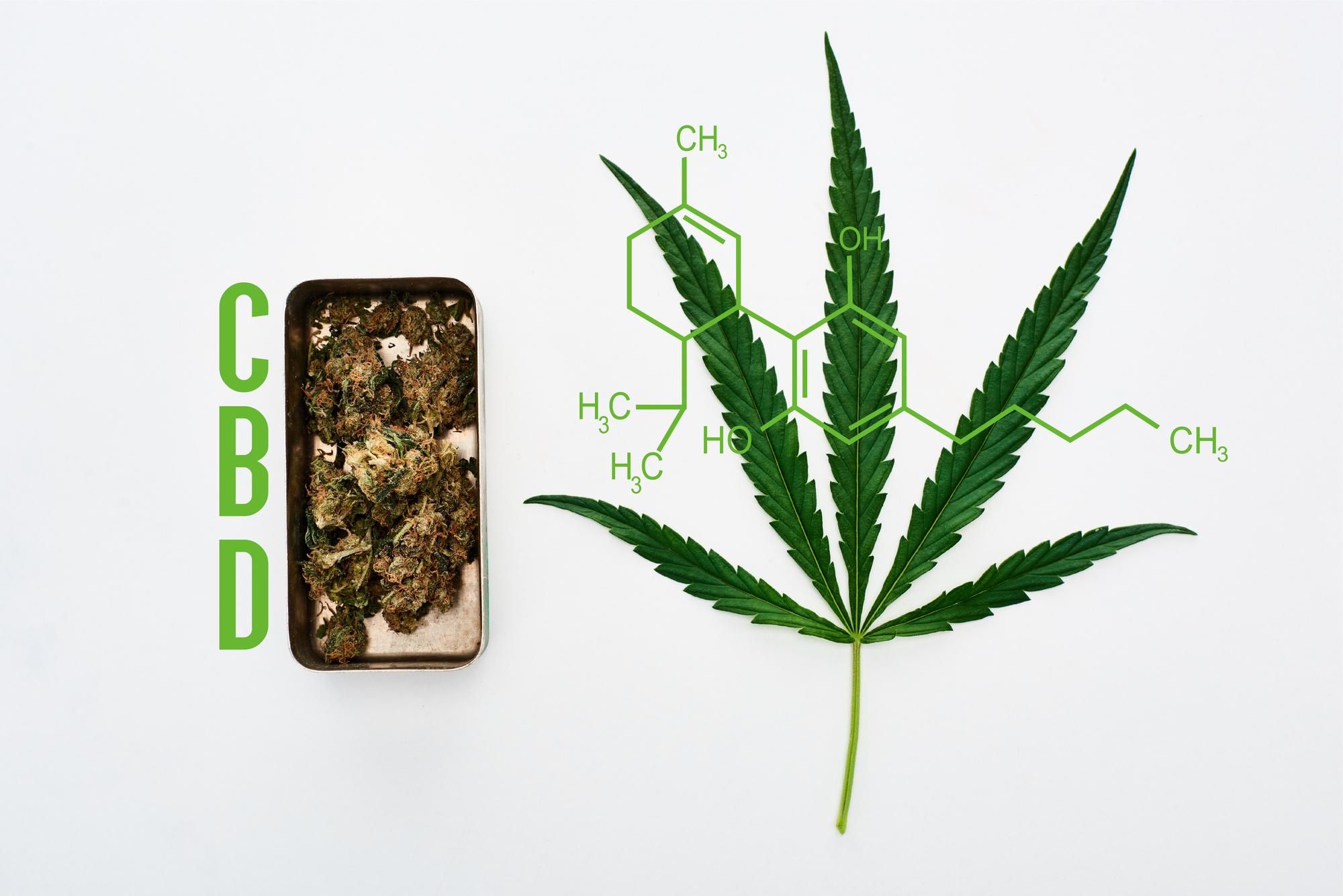Hemp seed oil has become a staple in wellness and skincare routines, prized for its balance of omega fatty acids, antioxidants, and natural hydration. But as its popularity has grown, so has the number of low-quality products flooding the market. Choosing the right hemp seed oil for home treatments—whether for skincare, hair care, or massage—requires a discerning eye and a bit of product knowledge.
Cold-Pressed Extraction Matters
One of the first signs of a high-quality hemp seed oil is its extraction method. Dermatologists and cosmetic chemists alike recommend cold-pressed hemp seed oil because this process preserves the essential fatty acids (omega-3, omega-6) and vitamins (E, A, and C) that make the oil beneficial in the first place. According to the Journal of Agricultural and Food Chemistry, cold pressing avoids heat degradation that can strip hemp oil of its natural antioxidants and nutrients.
Consumers should look for “cold-pressed” or “unrefined” clearly listed on the label. Oils that use chemical solvents or heat extraction may appear cheaper, but they often lose much of their nutritional and therapeutic value.
Check the Source and Certification
The origin of the hemp plant is just as critical as the extraction process. Hemp grown organically—particularly from certified farms in the U.S., Canada, or the European Union—tends to be cleaner and richer in nutrients. The U.S. Department of Agriculture (USDA) and European Food Safety Authority (EFSA) both regulate organic certification, ensuring the crops are free of pesticides, herbicides, and synthetic fertilizers.
For consumers using hemp seed oil on the skin or hair, purity is essential. Third-party testing and organic certifications are a strong indicator of safety and transparency. Reputable brands like The Body Shop, Sky Organics, and Nutiva often display these credentials prominently on their packaging.
Color, Scent, and Texture Clues
High-quality hemp seed oil typically has a rich green hue and a mild, nutty aroma. A light or clear color can signal that the oil has been over-processed or refined. The consistency should feel silky and absorb easily without leaving a heavy residue. Any bitter or rancid smell is a red flag that the oil may be old or improperly stored.
Consumers should store their hemp seed oil in a cool, dark place or even in the refrigerator to maintain freshness. Oils sold in dark glass bottles offer better protection from light, which can degrade the oil over time.
Brand Transparency and Packaging
Reputable brands tend to provide detailed ingredient lists, batch numbers, and manufacturing details. Packaging should be airtight and light-protected. Companies that offer transparency about their sourcing and testing—such as Dr. Bronner’s and Carrington Farms—demonstrate a higher level of quality assurance and consumer respect.
In Summary
A high-quality hemp seed oil is defined by its purity, extraction method, and brand integrity. Choosing cold-pressed, organic-certified oils from trusted brands ensures that consumers receive the full therapeutic benefits for home treatments—whether for soothing dry skin, hydrating hair, or enhancing natural wellness rituals.
Learn More: Is Hemp Seed Oil Gentle on Skin? The Risks and How to Avoid Them

